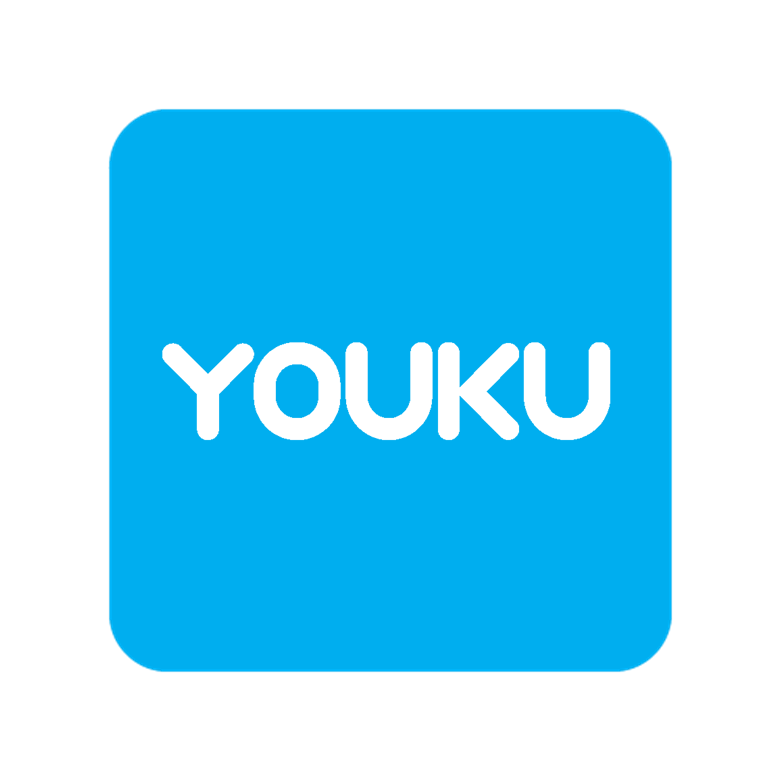NETWORKING IN THE NEW ERA OF WORK

Networking: a word that drives fear into the heart of many introverts! That’s often because many still have a stereotypical view of what networking means. Such as working a room and making a strong charismatic first impression in a time limited situation. This is a very narrow and outdated view of networking in our current world.
Of course, now, in the midst of a pandemic, being physically present with a large number of people is unlikely. So how can we successfully network in the new era of work in a way that is effective and fits with our individual goals and personalities?
In 2014 Julia Hobsbawm, then the world’s first professor of networking, provided an interesting definition that is still resonant and relevant:
“Networking has to happen at a personal level and it has to spread laterally across organizations, building knowledge flows, sharing information, and building confidence and connections.”
This way of thinking about networking places an emphasis on open and shared knowledge flow. It is not knowing lots of stuff that is the strongest base for networking to progress your career, but knowing how to share and apply what you know in new and innovative ways.
Content knowledge has never been more accessible, but its useful integration and using it to bring new and personal value to others are less easy to find and replicate.
Becoming an effective networker, particularly with less opportunity to meet in person, is as much about pull as push. A push strategy is to tell others how wonderful you are and assert that they need to spend time with you. A pull strategy is to network by creating information or value that people will want to seek out, and ensuring they know how to access it.
For example, when someone posts on LinkedIn announcing who they are and what they can do, you may be interested but you are just as likely to think, “so what, why should I care?” In contrast, if you see a post offering you access to a new evaluation of data that is relevant to what you do, you are much more likely to have a look.
If you produce valuable information that someone has taken the time to access, you have a string foundation for a new connection. In a sense, push networking is like selling, and pull networking is like marketing. There is nothing wrong with selling, but most people are sensitive to it if thinly disguised as networking, and will be resistant to it.
There are a lot of people out there trying to connect with others and build their network. You need to consider what you have to say to the people you are interested in that will differentiate you. It is also important to find a way of networking that is sustainable for you.
If you do lack social confidence in face-to-face situations this may be your time!
How to build your network virtually
In the new era of work, I suggest the following to build your network remotely:
- Think about what you can share via your social media platforms that is likely to be of interest or value to the person or people you want to connect with. This could be an article or research piece with a comment by you suggesting its relevance and perhaps the key implications.
- Reach out to specific people you want to connect with and avoid blanket posts which do not indicate how they are likely to be of value to the receiver. Show the person that you have thought about their specific needs. If you get the chance, ask them what they are interested in and what they value in professional relationships.
- Set yourself networking goals. Consider what you are trying to achieve in growing your network and what kind of people you most want to connect with. Set yourself a specific target for meaningful new connections.
- Don’t just rely on social media. Think about who you already know and how they might be able to connect you with someone new.
- Look for online communities or groups interested in what you are and start interacting with people within them, perhaps on forums.







